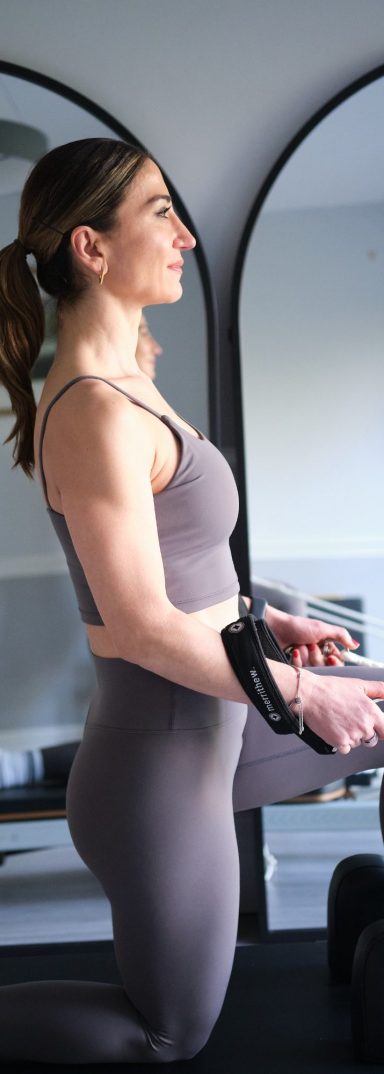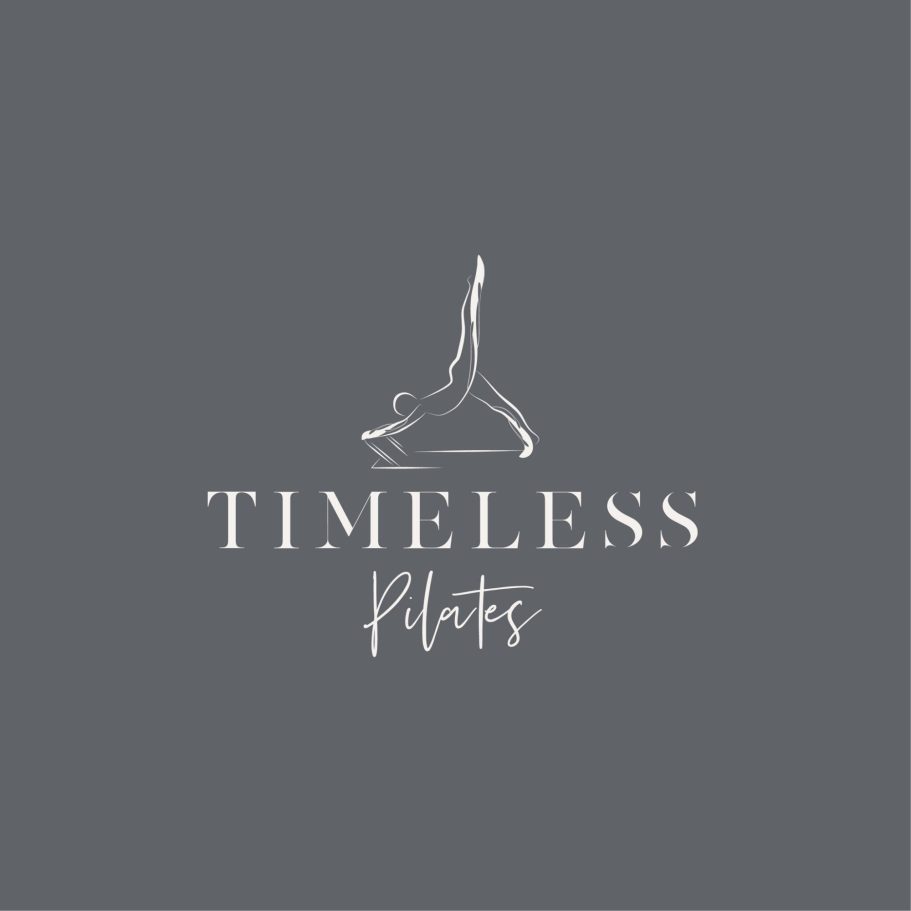My backpain Journey
I was only a month away from my triathlon when I hurt my back. I remember leaving the gym in discomfort on that day but it was the next day when I really noticed the pain! I was in agony around my left hip. I tried to stretch it out, got it massaged, hot bath, hot water bottle, but nothing was working to ease the pain.
Eventually it started to become more than a backache; it drained me, leaving me with anxiety. I'd been in the gym 5-6 days mornings a week, which is what I’d loved doing for the past 3 years. This was no longer part of my life and I was despondent, exhausted and desperate to fix it very quickly.
I went to 2 different physio's, a Chiropractor and a Personal Trainer. I tried assisted stretch, sport massages, acupuncture , Thai massages, wet cup massages ( I was literally bleeding to death), 2 MRI scans and 2 x-rays and a foot scan... You name it! I spent £1000s along the journey and lost valuable time with my loved ones. Not being able to cuddle and lift up my children, or having to hold back when they wanted to play outside was emotionally a killer for me. This was the dark period of my life. I was helpless and desperate for a cure and it was Reformer Pilates that helped me through my nightmare.
According to the Lancet https://www.thelancet.com/series/low-back-pain lower back pain is an “extremely common symptom, experienced by people of all ages”, although it peaks in mid-life and is more common in women than in men. There are 540 million people affected globally at any one time and it is the main cause of disability worldwide. In the UK, over the last 20 years, there has been a 12% increase in how likely a person is to experience disability as a result of low back pain; globally, the amount of years people live with low back pain disability has risen by 54% in 25 years. In Europe, it is the most common reason for medically certified sick
leave and for early retirement. The ONS identify that almost 31m work days were lost in the UK in 2016 due to musculoskeletal problems including back pain. The costs attributable to low back pain in the UK are estimated at £12.3bn a year, with £1.6bn spent on treatment.
Reformer Pilates can help alleviate back pain with specific exercises or routines that target the affected area. The safety and effectiveness of
practicing reformer pilates with back pain is well proven and a 1-2-1 consultation ensures the correct precautions are taken, and routines are modified to meet individual needs.
Reformer Pilates can effectively reduce muscle-related discomfort through several mechanisms:
1. Improved Posture: Reformer Pilates emphasises proper alignment and posture, which helps alleviate muscle strain and tension caused by poor
posture habits.
2. Core Strengthening: Reformer Pilates focuses on strengthening the core muscles, including the abdominal, back, and pelvic floor muscles. A
strong core provides better support for the spine, reducing strain on surrounding muscles.
3. Muscle Flexibility and Mobility: The controlled movements and stretches performed on the reformer machine help improve muscle flexibility
and joint mobility. This can reduce stiffness and discomfort associated with tight muscles.
4. Balanced Muscle Development: Reformer Pilates exercises target multiple muscle groups in a balanced way, promoting overall muscle strength and endurance. This can help prevent muscle imbalances that contribute to discomfort and pain.
5. Low-Impact Exercise: Reformer Pilates is a low-impact form of exercise, which means it’s gentle on the joints and less likely to exacerbate
muscle discomfort compared to high-impact activities.
6. Mind-Body Connection: Reformer Pilates encourages mindful movement and body awareness, allowing individuals to identify and release
tension in specific muscles. This can help reduce muscle-related discomfort by promoting relaxation and stress reduction. Overall, by addressing
factors such as posture, core strength, flexibility, and muscle balance, reformer pilates offers a holistic approach to reducing muscle-related
discomfort and promoting overall musculoskeletal health.
Finally, Reformer Pilates can help with mental wellbeing. Often back pain has led to an individual being unable to continue with sport and exercise but being able to participate in an exercise routine which will not exacerbate your condition is emotionally uplifting.
10 SCIENCE-BACKED BENEFITS OF REFORMER PILATES

MORE ENERGY & LESS STRESS
You may not realise, but while you’re busy on the Pilates reformer, your body is getting busy pumping hormones around your body, that provide even more benefits to you than the movements alone.
The combination of rhythmic movements, controlled breathing, and mindful focus in reformer Pilates promotes relaxation and reduces cortisol levels. This reduction in cortisol helps to switch off our body’s ‘flight-or-fight’ response and reduce stress levels. These movements also stimulate blood flow, circulating fresh oxygen around the body and releasing endorphins – both of which gives you a natural energy boost, so you’ll leave the Pilates studio feeling better both mentally and physically.
BALANCE AND STABILITY
Reformer Pilates challenges your body in different planes of motion. This is particularly beneficial as you age, helping prevent falls and injuries by training your body to maintain stability in various positions. Balance and stability is increasingly important as we age, to help prevent injuries from falls, and Pilates has been shown to increase both static and dynamic balance, making it a great form of exercise for young and old.
IMPROVED CORE STRENGTH
First of all – what exactly is ‘core strength’? Founder of Pilates, Joseph Pilates, considered your core (which includes your abdominals, back and pelvic floor muscles) to be the body’s ‘Powerhouse’. So just like if an electrical powerhouse wasn’t working optimally, if your core is weak or underperforming, this can have ongoing effects throughout your entire body. Don’t be fooled though into thinking that 100’s of sit ups will give you a strong core. Whilst these might help towards achieving a flatter stomach or more defined ab muscles, they won’t strengthen your core overall. Reformer Pilates movements focus on deeper muscles within your core, often requiring you to move other parts of your body, such as your arms or legs, rather than crunching your abs, in order to engage and strengthen these core muscles. This enhanced core strength not only contributes to better balance and stability but also supports your spine, reducing the risk of back pain.
ENHANCED FLEXIBILITY
The controlled movements and stretches involved in reformer Pilates, help to improve your flexibility by combining strengthening and stretching movements together, utilising different levels of resistance, thanks to the pulleys, springs and gravity-driven equipment. This creates more flexibility in the muscles from different angles. The great new is, it doesn’t take much to see these improvements – a 2010 study found that just two 60-minute Pilates workouts per week, for 12 weeks, improved hamstring flexibility, along with muscular endurance.
MORE CALORIES BURNED THAN MAT PILATES
Don’t get us wrong – we love our Mat Pilates. But if you’re looking for bang-for-your-buck in terms of calories consumed per minute of exercise, a 2021 study showed that reformer Pilates produced a higher amount of energy expenditure, VO2 and higher heart rate compared to mat Pilates. We know – it’s not all about the calories. So if you love your mat Pilates, don’t worry, you’ll still benefit from improved muscular fitness and improved long-term body composition (along with a large number of other physical benefits).
ENHANCED MIND-BODY CONNECTION
Reformer Pilates is not just a workout; it's an holistic experience. The focus on controlled movements and breath brings awareness to every aspect of your body. Compared with other forms of exercise, Pilates has been shown to improve mindfulness as it connects the mind and body through breath, bringing sensory attention and somatic awareness to the physical body and how it moves.
INJURY PREVENTION
Reformer Pilates focuses on functional movement patterns, reducing the risk of injuries in everyday activities. Strengthening the muscles around joints, improving flexibility and increasing joint mobility all contribute to a body that's resilient and less prone to strains and sprains. That’s why reformer Pilates is widely used in rehabilitation from injury, and injury prevention, as it is thought to reduce risk factors such as stability issues, poor gait, fear of falling and dysfunction in mobility that contribute to the likelihood of injury.
BETTER POSTURE
Reformer pilates emphasises postural alignment, teaching you how to better understand your body and the space it uses. By engaging smaller muscles that support your spine, neck, shoulders and pelvis, Pilates movements help address incorrect posture that comes from muscle fatigue and incorrect use. This leads to improved posture over time. As you engage your various muscle groups, your body naturally learns to maintain proper alignment, reducing strain on your spine and promoting a confident, upright posture.
REDUCED PERIOD PAIN
An 8-week study, where participants participated in Pilates twice per week, found that Pilates can help to reduce cortisol levels and also alleviate pain associated with dysmenorrhea.
IMPROVES OTHER EXERCISE ACTIVITIES
Whether you’re wanting to run a 5k, just to prove to yourself you can, or you’re a professional athlete training for their next event, reformer Pilates can help you achieve greater results in your chosen sport. A 2018 study showed improved running performance and a reduced metabolic cost, when it came to running 5km’s, for participants who did two x 1-hour Pilates sessions per week, for 12 weeks.

From improved core strength to enhanced circulation, the benefits of reformer Pilates extend far beyond physical fitness. Embrace the transformative power of Pilates for a healthier, happier you.
©Copyright. All rights reserved.
We need your consent to load the translations
We use a third-party service to translate the website content that may collect data about your activity. Please review the details in the privacy policy and accept the service to view the translations.








